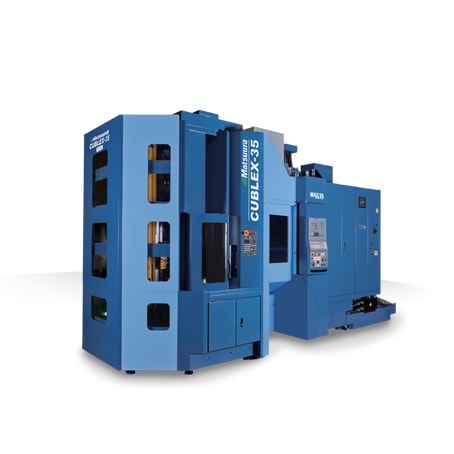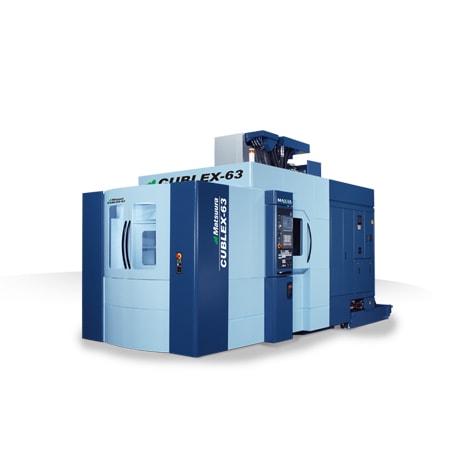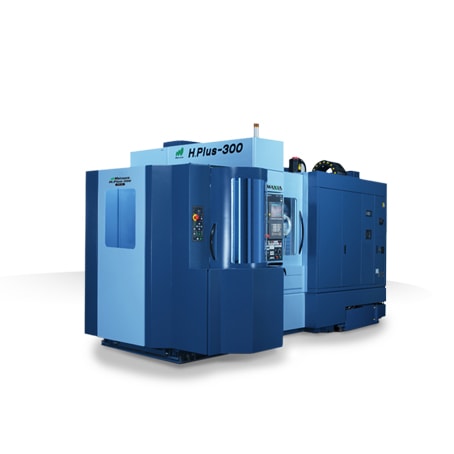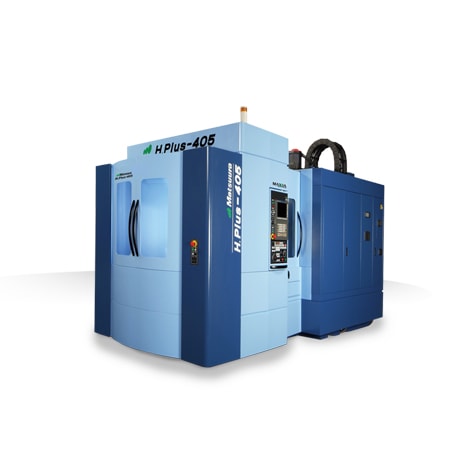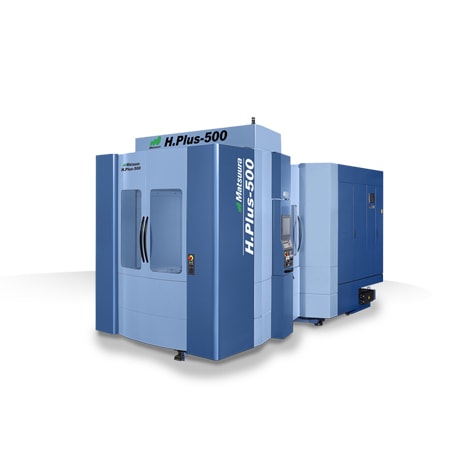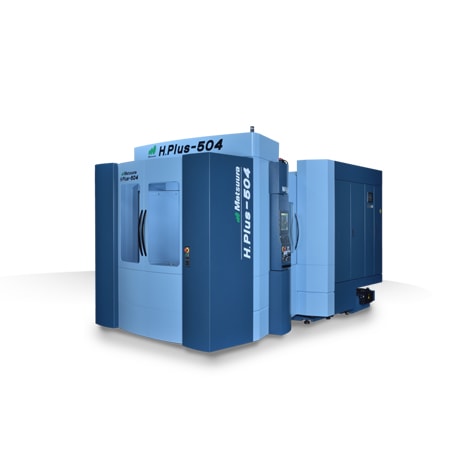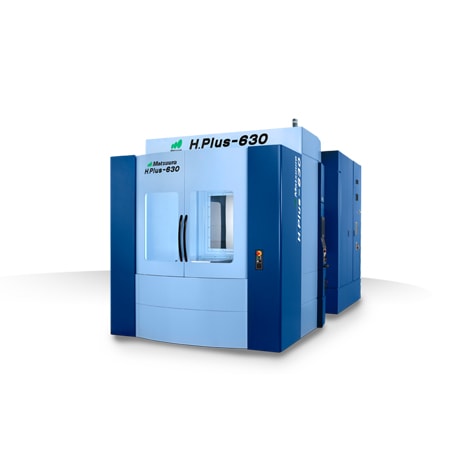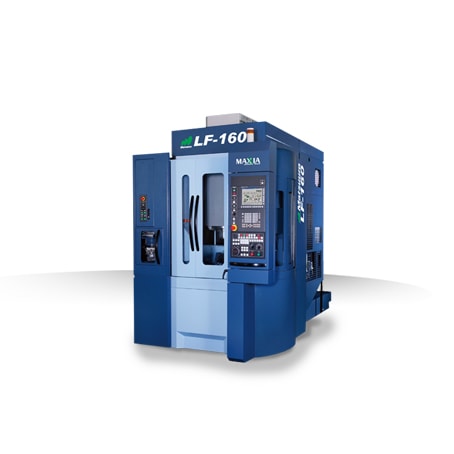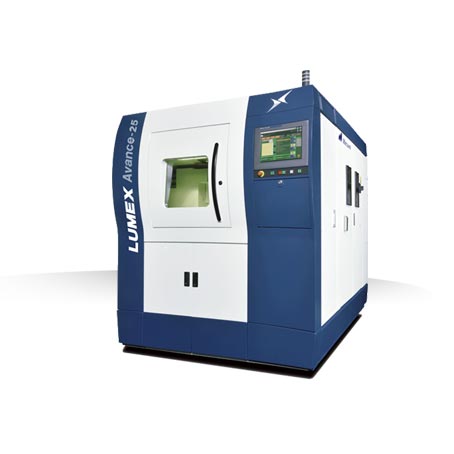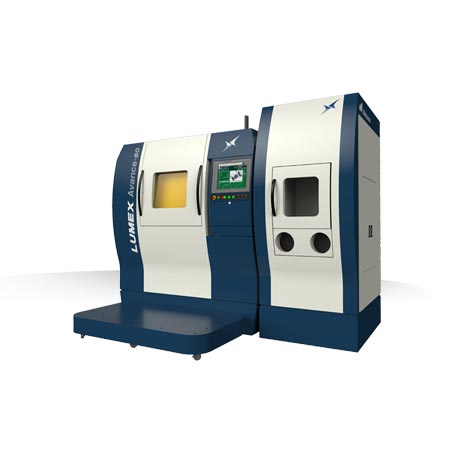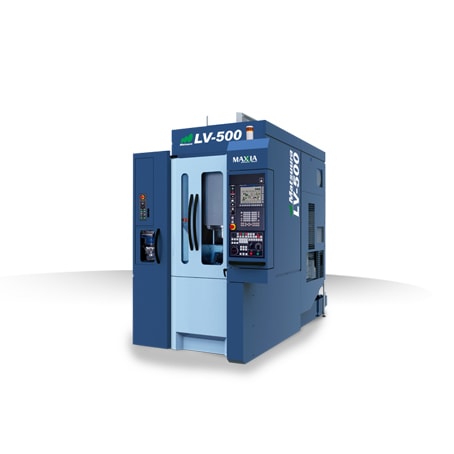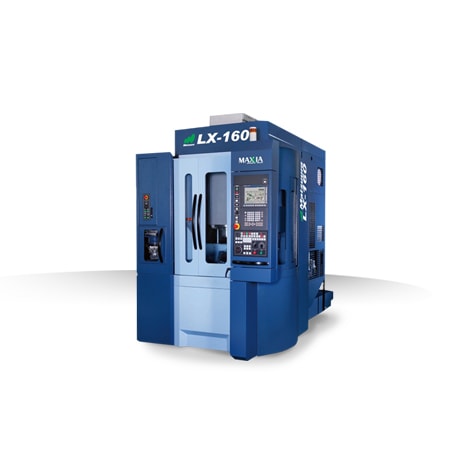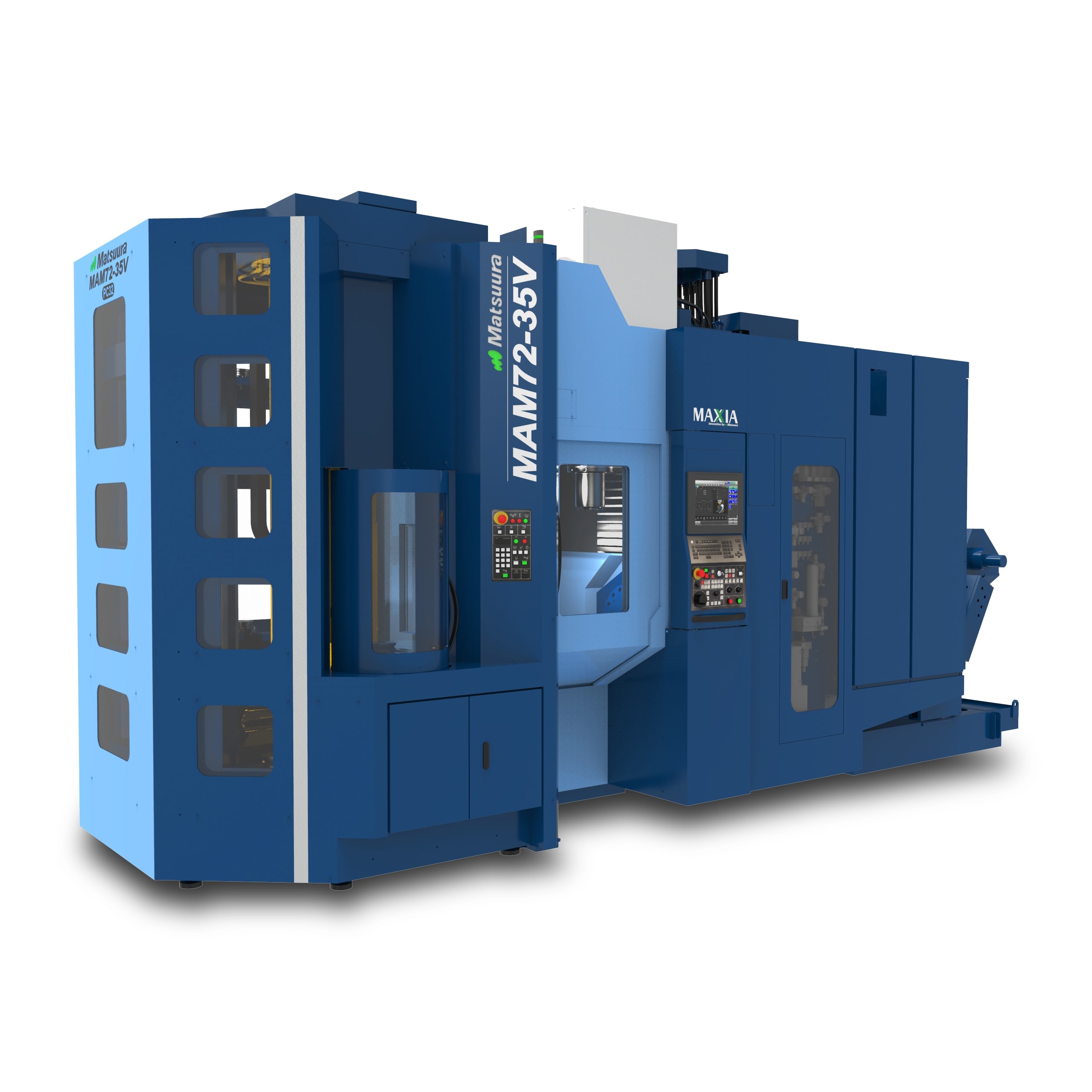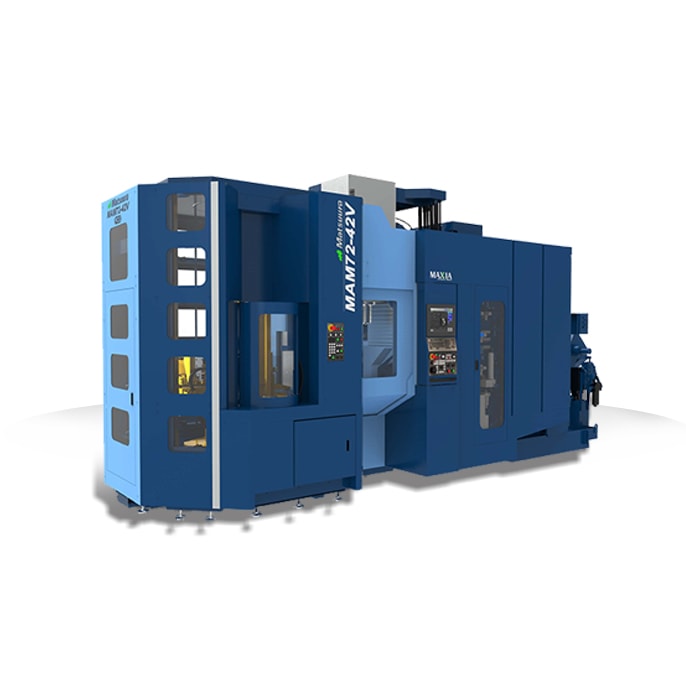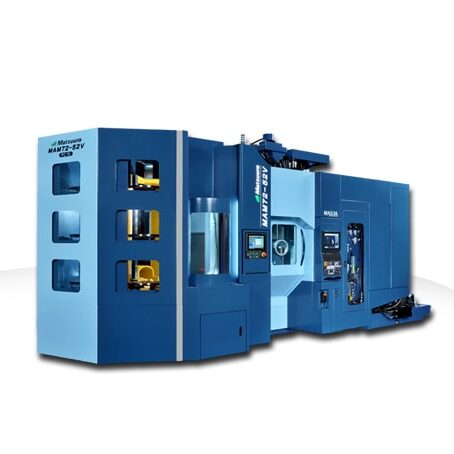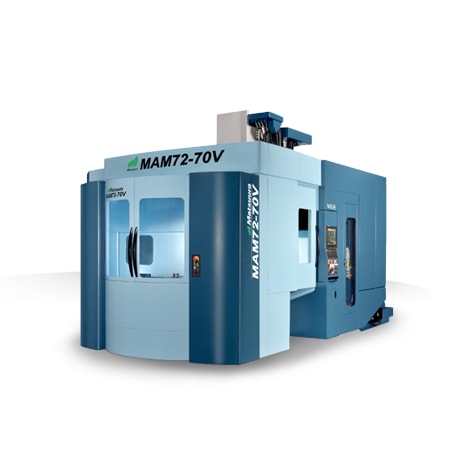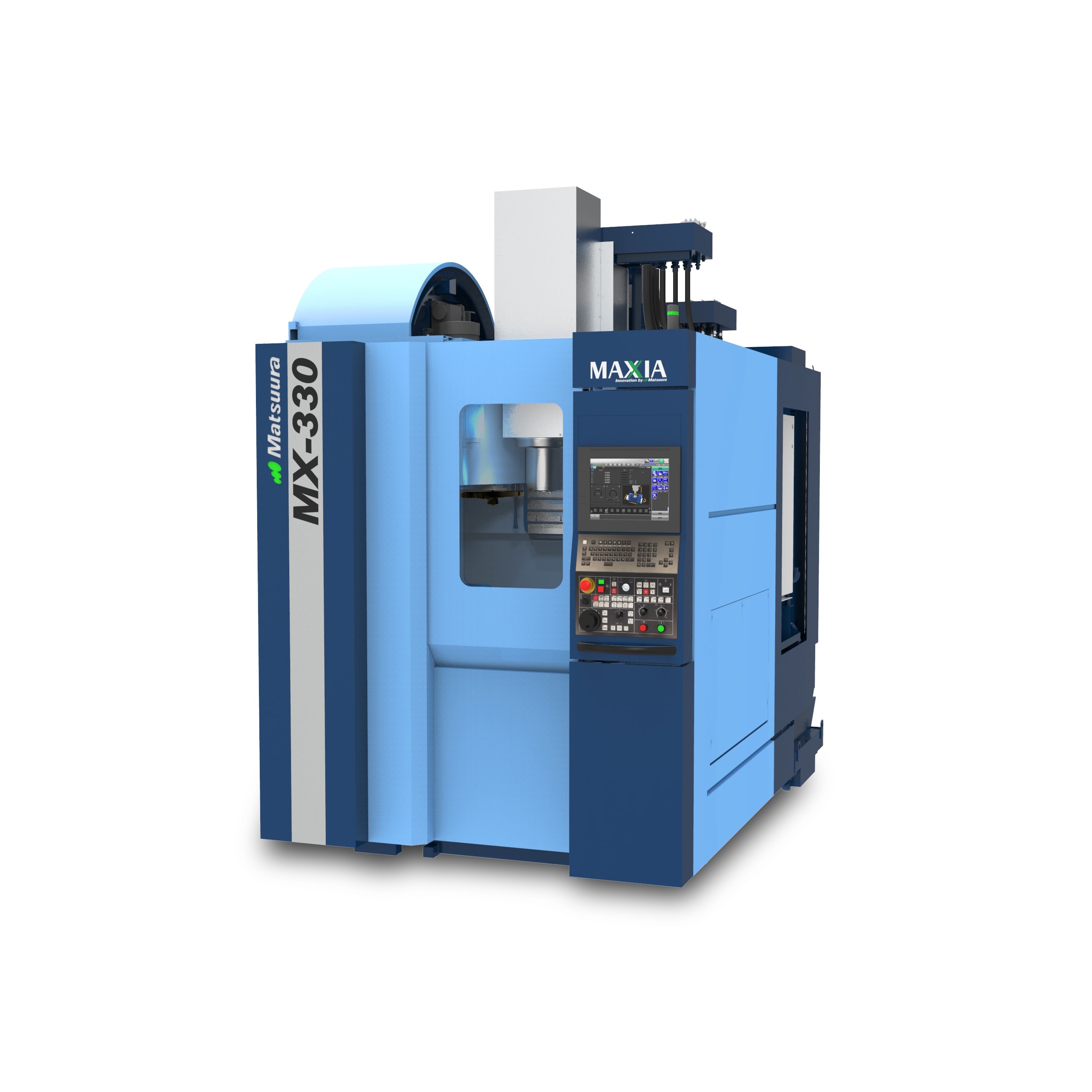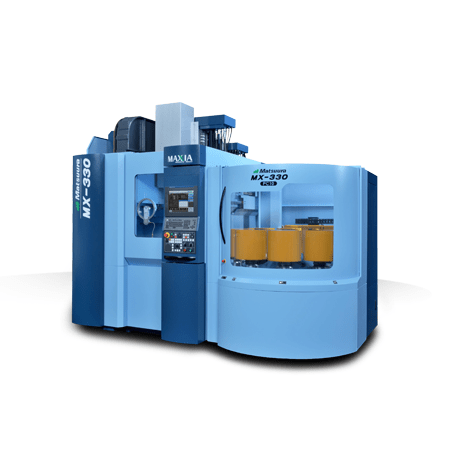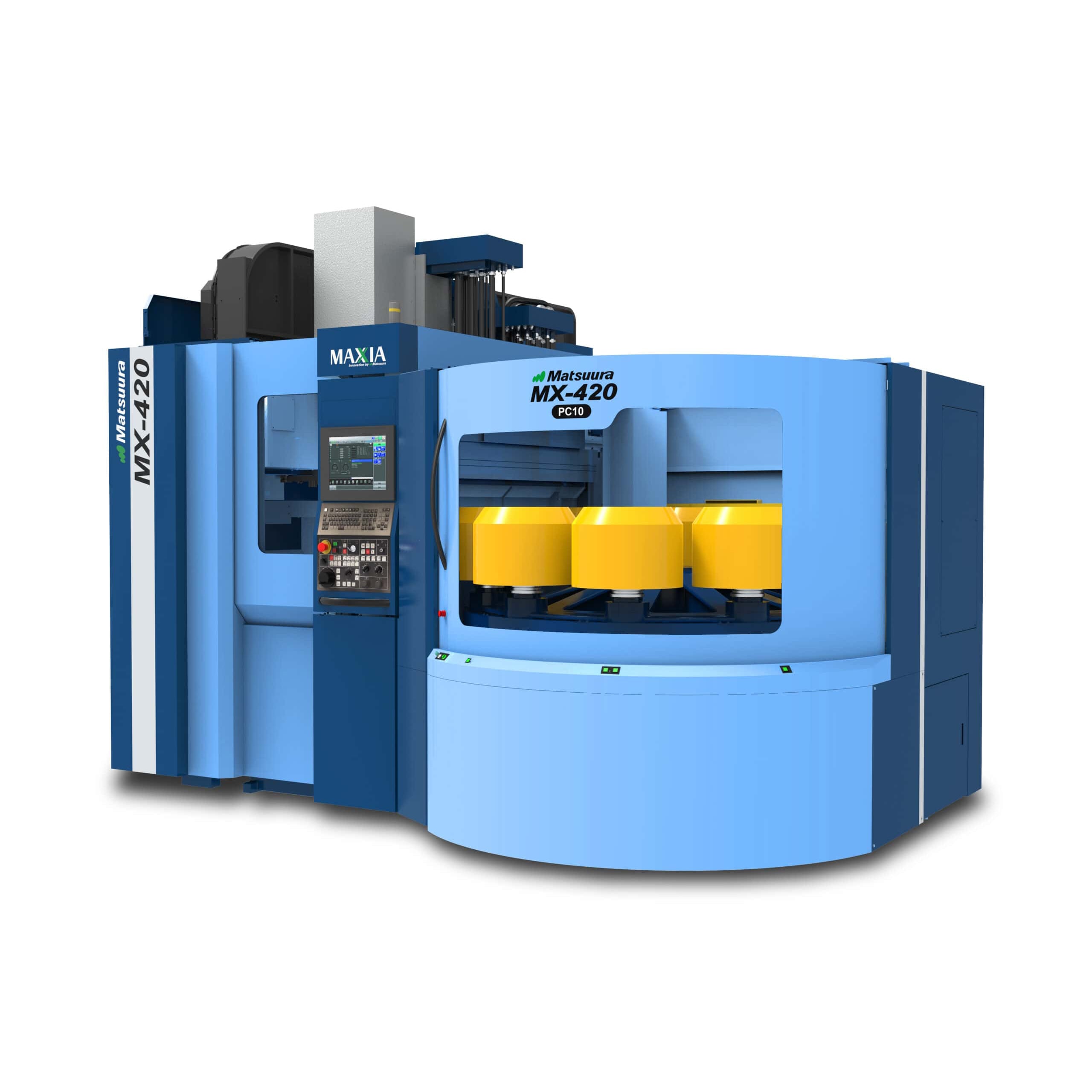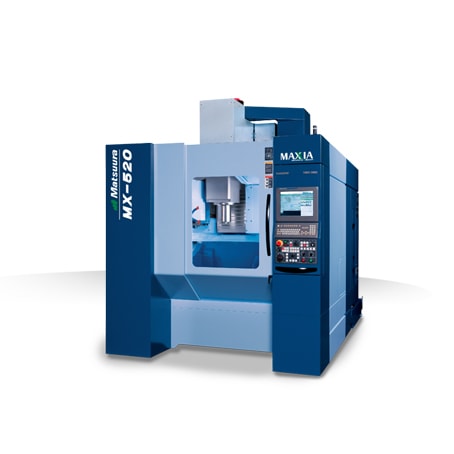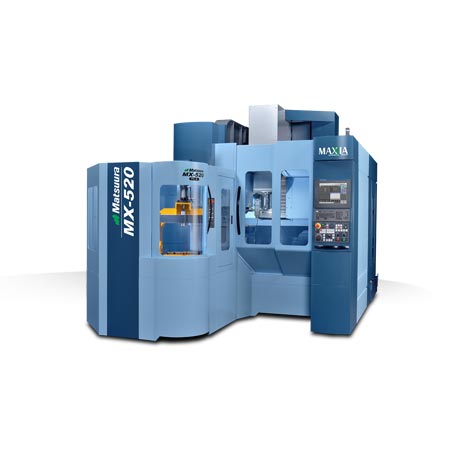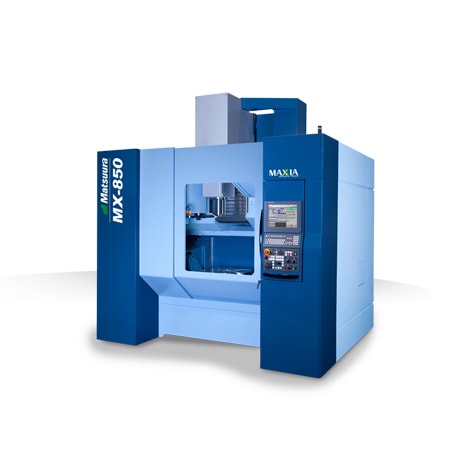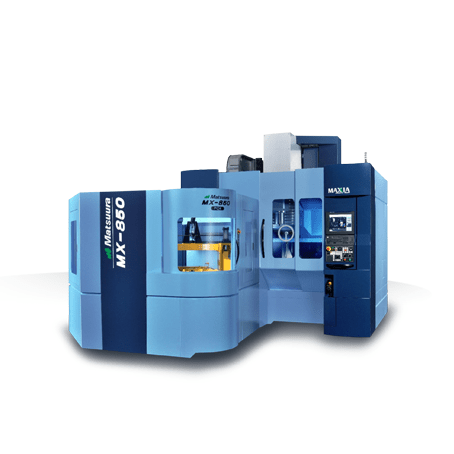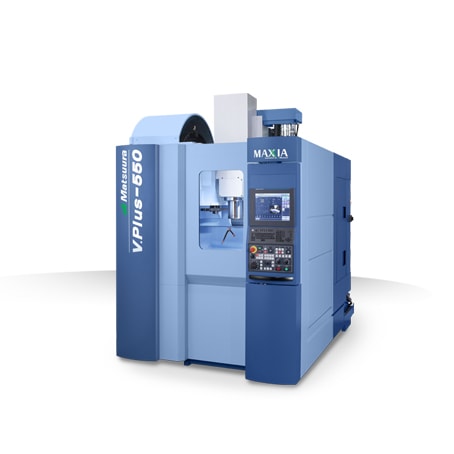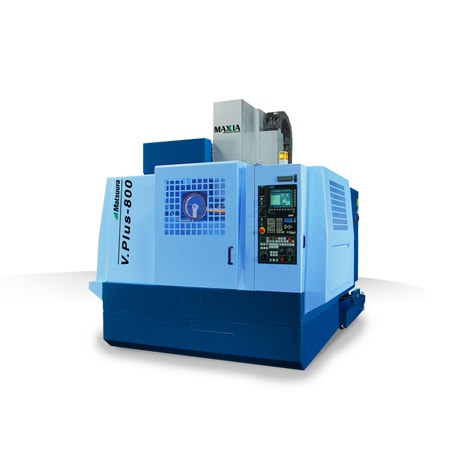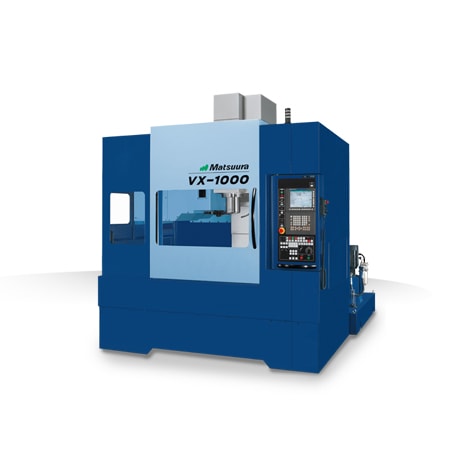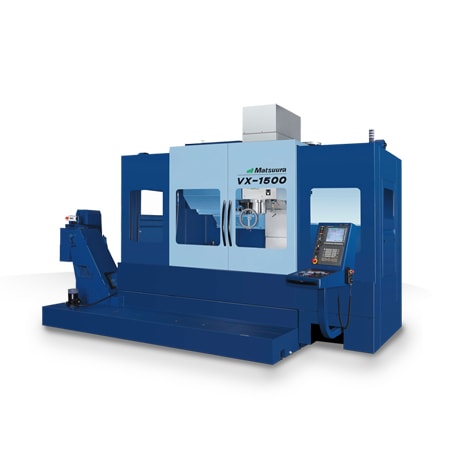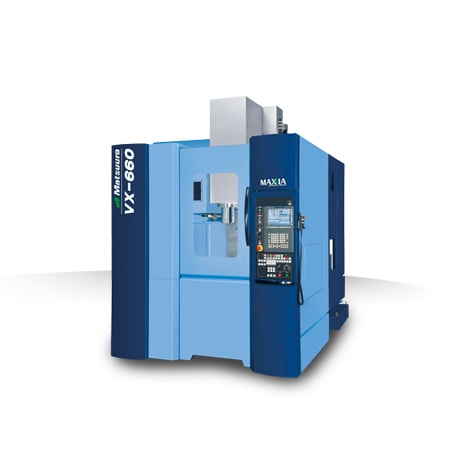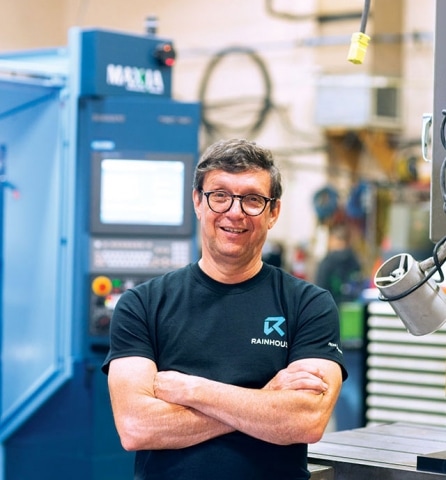
St. Paul, MN (February 25, 2020) –(From Shop metalworking Technology) BC design and manufacturing company, Rainhouse Manufacturing Canada Ltd., adopts a five axis machining strategy utilizing the Matsuura MX-520.
THE PROBLEM Too many milling machine setups
THE SOLUTION Invest in a five axis machining center
Chris Lichty, lead machinist at Rainhouse Manufacturing Canada Ltd., was facing a problem, one that any machinist can relate to: too many setups. This isn’t meant to imply that he and the other 14 employees at this somewhat eclectic job shop were complaining about too many jobs, only that they wanted to do their work in the most efficient manner possible. To Lichty, this means eliminating part handling, reducing work-in-process, cutting fixture costs and improving part quality, goals that most shops strive for, but fewer attain.
What advanced machining technology makes all this possible, you ask? Given their increasing popularity, it’s quite likely that you already know the answer—a five axis vertical machining center, which in this case was an MX-520 from Elliott Matsuura.
The Matsuura five axis machine has reduced setup times and increased throughput and efficiency at Rainhouse Manufacturing Canada.
“There wasn’t any specific job or contract driving our decision,” says Lichty. “It was more the realization that many of our parts required six or even seven setups on a three axis vertical and, obviously, every setup means you have to re-fixture. This adds cost, not to mention the potential for errors and part inaccuracy. We could see that having a five axis would bring us to the next level, allowing us to pump out parts more quickly, be more accurate, and service our customers more effectively. That’s what brought us to the Matsuura.”
Forward vision
To call Rainhouse a job shop is like calling a BMW i8 an okay car. This 20-year old design and manufacturing firm produces a wide array of parts and assemblies for the likes of Ocean Networks Canada, Rockland Scientific, Thales, Kardium, and Babcock Canada, products that company president Ray Brougham says are mission-critical. “For example, we make fasteners that are integral to the safety of the submarine,” he says. “If these components fail, somebody can die.”
It’s more than super-traceable, super-dependable parts, however. The Rainhouse engineering team collaborates on customer product designs and manages projects through to fruition, working with outside suppliers and contractors as needed, then assembling and testing the finished products in-house. The well-equipped machine shop mills, turns and EDMs everything from cadmium zinc telluride (CZT) to titanium, Inconel, PEEK, and Monel materials. Rainhouse also boasts surface mount (SMT) circuit board fabrication expertise using pick-and-place robots, a capability that traces back to the company’s roots in the medical imaging industry.
“This company was started when I was working on a master’s degree in mechanical engineering at the University of Victoria, and shared space there with people who were developing gamma-ray and X-ray detectors,” Brougham explains. “Long story short, I opened a factory to support them—Prototype Equipment Design—which is now Rainhouse Manufacturing Canada. The evolution from custom semiconductor manufacturing to precision machine shop has made us quite versatile. So, from the outside, we might look like a humongous company working on some very large projects, but we are actually a small group of very confident, capable people who leverage outside suppliers as necessary to get the job done.”
Five operations better
There’s no shortage of challenging work at Rainhouse, but as all of us know, there are only so many hours in the day, which is why Lichty and Brougham decided to look at five axis machining to increase throughput and efficiency. After exploring the available options, they reached out to Lindsey Harris, British Columbia sales manager at Elliott Matsuura, and took delivery of their MX-520 late in 2018.
Again, Rainhouse machines a variety of workpieces and materials, so it’s hard to point out any specific five axis success story on the MX-520, yet Lichty did mention a part they made recently for the forest industry. “It started out as a casting, and at that time it took us seven operations to complete the part,” he says. “The customer was having problems with breakage though, so asked us if we could make it from billet. As expected, when we bought the machine, we were able to complete the part in two operations, which not only took a bunch of cost out but greatly reduced the raw material lead-time.”
Matsuura MX-520 five axis vertical machining center.
As with any new machining technology, Rainhouse has had to make some adjustments. Lichty and his team have equipped the machine with shrink-fit tooling and zero-point, five axis vises from Lang Technik, which he says are “amazingly accurate,” allowing him to cut a workpiece, remove it together with the vise from the machine, measure the part on the shop’s CMM, and re-locate the vise “to within about three ten-thousandths,” or seven microns.
They also made some changes to their programming tools. They’ve begun using Fusion 360 CAM software to address the need for five axis simultaneous toolpaths and to avoid any crashes, are using CAMplete simulation software to verify toolpaths and check for toolholder interference. “Both are great products, but CAMplete significantly increased the machine’s usability and helped us to jumpstart our five axis machining efforts,” Lichty says.
Rainhouse Manufacturing Canada has the ability to machine a range of high precision parts.
Committed to the community
For his part, Brougham is quite pleased with the direction the MX-520 has taken his company, but what he especially likes about it is showing the machine to young people. That’s because Rainhouse works with a number of educational groups and corporate sponsors to encourage manufacturing, including the University of Victoria, St. Margaret’s School for Girls, and a “high school robotics team” called FIX IT 3491. And just last year, Rainhouse joined forces with Babcock Canada, the local government, and others to promote and publicize competitions between local engineering students.
“Rainhouse represents an industrial manufacturing solution in a place where manufacturing doesn’t really exist,” he says. “Our goal is to raise awareness of what we do and to generate excitement about the trades. So, in addition to our work with the schools, we love to give tours of our facility to area residents and the one comment we consistently hear is, ‘I didn’t know you could do that here.’” He laughs. “People look at that five axis running out there and they’re just mesmerized by it. So, while the Matsuura has proven to be an excellent business decision for us, it’s also been quite educational…and a lot of fun besides.”
By: Kip Hanson, Images by Derek Ford, Shop Metalworking Technology: https://shopmetaltech.com/machining-technology/west-coast-wonder.html
Matsuura Machinery USA, Inc., located in St. Paul, MN is the U.S. subsidiary of Matsuura Machinery Corporation in Japan. Since 1935, Matsuura has been the forerunner in designing innovative technology and manufacturing solutions to a variety of industries around the globe. Matsuura Machinery USA, Inc. delivers unmatched excellence in 5-axis, vertical, horizontal, linear motor, multi-tasking CNC machine tools and machines with a powder bed metal AM platform with machining capability. Matsuura Machinery USA, Inc. provides the service, applications and technical field support that have always been the Matsuura standard for business.
For more information about Matsuura, please contact: [email protected] or visit: www.matsuurausa.com.
